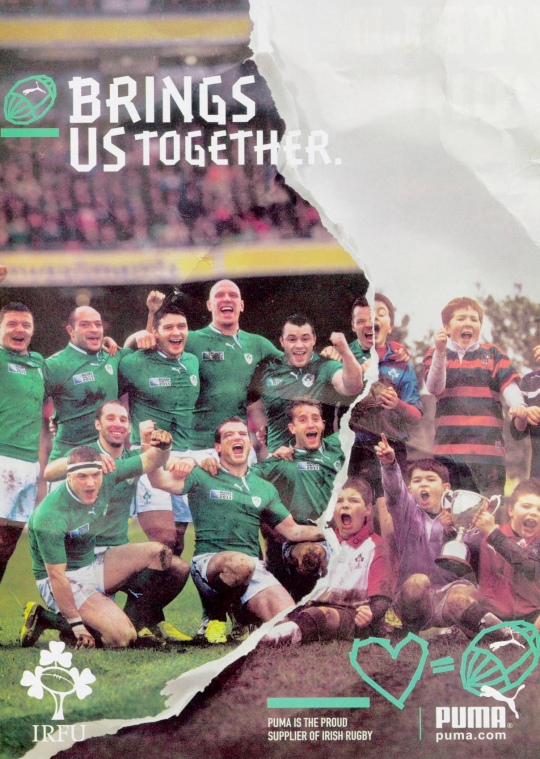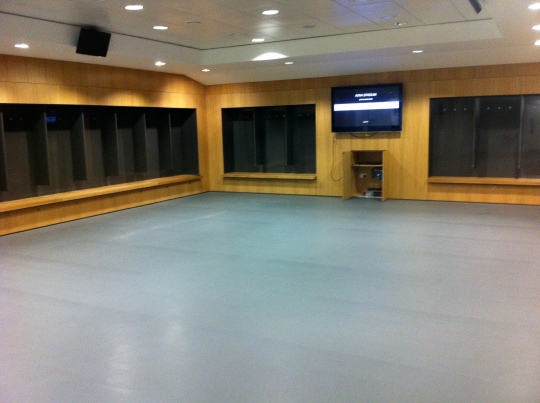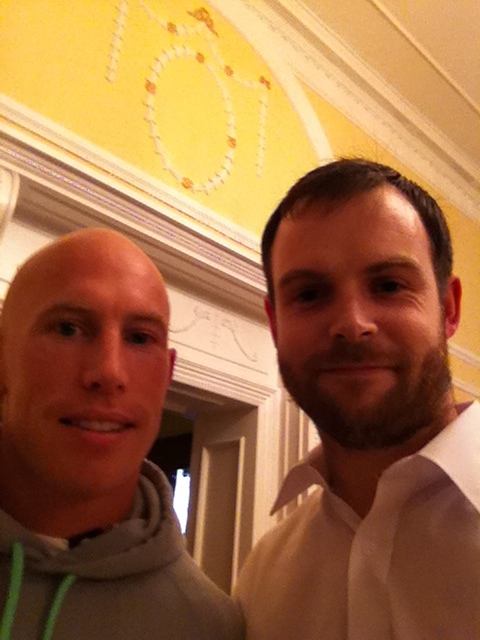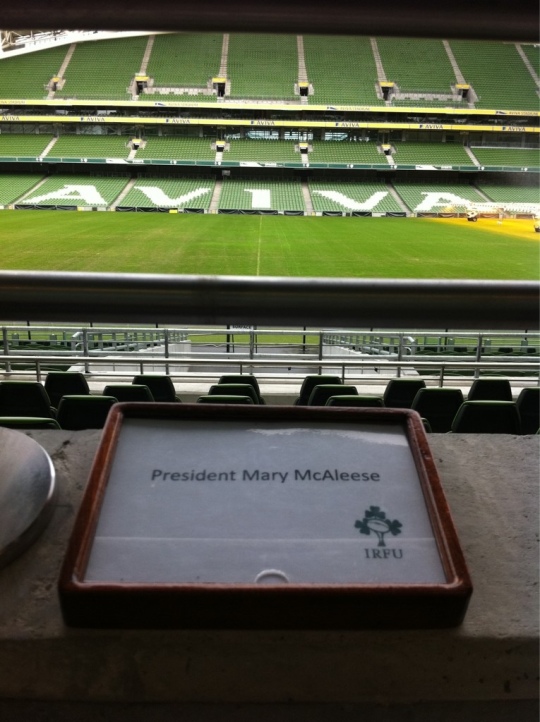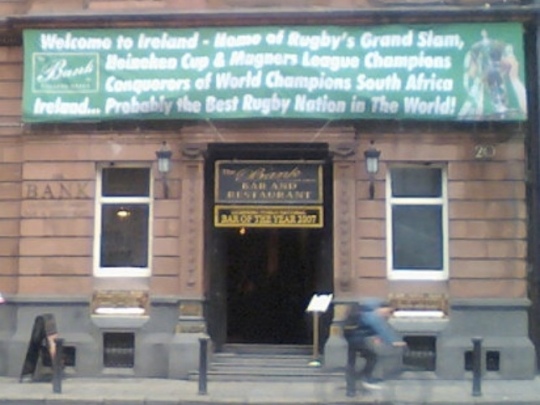A lot to cover
Well a lot has happened in Irish Rugby since my last post which followed the conclusion of last year’s World Cup. The IRFU recently announced that Munster, Leinster and Ulster will have to abide by a strict overseas players limit of one foreign player across all three provinces per position. This means that if Munster were to keep Doug Howlett in Limerick, neither Ulster nor Leinster could field a foreign player to play on the right wing. This new policy is being introduced to encourage the provinces to field as many Irish-qualified players as possible with a view to improving our standing at test level.
At provincial level Munster have shown us that Ronan O’Gara is just as important part of their plan this season as the irrepressible Simon Zebo. Indeed the frighteningly unsettled nature of their performances last year had many of us worrying that perhaps ROG, POC et al had no more to give to the game but this year’s transformation shows there’s life (and indeed, bite) in these old dogs yet. The exquisite balance between youthful exuberance and wily experience that has made them so dominant in their march to the Heineken Cup quarter-finals this season is reminiscent of the unbeatable Ireland of 2009. Leinster for their part will be happy enough that Munster’s Indian summer has taken much of the focus off them of late, as they continue their bid to become only the second team to win back to back european honours, the only team who have managed it being Leicester who were utterly dismantled by Ulster recently and so the three main contributors of players to the Irish team for this weekend’s RBS Six Nations have sent their players into the competition full of confidence built on recent impressive successes.
 The fourth province, while still lagging behind in the IRFU’s priorities are continuing to defy the odds as they played at the highest level this season for the first time in their history. They’re style of play suggests that they are determined to carve out their own place in Irish Rugby whether the governing body support them or not. Indeed, “Front Up, Rise Up” is Connacht’s motto this season and it smacks of revolutionary undertones that seem to be seeping through the province, no less so than on the final weekend of pool matches where they shut the door on Conor O’Shea’s Harlequins in a packed Sportsground in Galway, and in the process secured their landmark first victory in the Heineken Cup.
The fourth province, while still lagging behind in the IRFU’s priorities are continuing to defy the odds as they played at the highest level this season for the first time in their history. They’re style of play suggests that they are determined to carve out their own place in Irish Rugby whether the governing body support them or not. Indeed, “Front Up, Rise Up” is Connacht’s motto this season and it smacks of revolutionary undertones that seem to be seeping through the province, no less so than on the final weekend of pool matches where they shut the door on Conor O’Shea’s Harlequins in a packed Sportsground in Galway, and in the process secured their landmark first victory in the Heineken Cup.
So Irish Rugby is flying high so far this season, no doubt about it. And we need to be, because the path to the final of last year’s World Cup, which consisted solely of northern hemisphere teams once we left the pool stages, provided us with our greatest opportunity ever to (a) get to a World Cup final and (b) beat New Zealand. Many would say that only the first of those was realistically achievable but even so, I’d have been more than happy with that. Instead I was genuinely heartbroken with the lacklustre performance we put in against Wales in the quarter-final and that was only magnified by the poor standard of play that unfolded once we had exited the competition. All of the nearlies, all of the could-have-beens. And it all goes in the pot. No matter how many quotes we have read this week from the players who insist that the previous two encounters between Ireland and Wales (Mike Phillips’ shockingly illegal try in last year’s RBS Six Nations and then just how easily we rolled over for them in the New Zealand) we simply cannot believe them. At test level rugby in the modern game, it’s all a part of it. You dump the niggles, the mistakes, your trust your systems to right the wrongs of the past but any fuel, anything that can be used to motivate, to sharpen the mind goes in the bag along with every other bit of kit. Slay the Dragon, lads.

